For dog lovers, it is a matter of curiosity to know about which is the fastest breed in the world. Determining the fastest breed isn’t simple due to various factors that affect a dog’s speed. In this blog, we’ll explore fastest dog breed in the world and factors, such as size, age, body composition, and health. We will give some tips on maintaining your dog’s health for optimal speed. Pointers on some of the well-known top fastest dog breeds like Greyhound, Saluki, Afghan Hound, and Vizsla will be discussed. We’ll also discuss quick-footed breeds like Jack Russell Terrier, Dalmatian, and Borzoi. Keep reading and you will get to know more.
Table of Contents
Unveiling Top Fastest Dog Breeds
From the elegant Afghan Hound to the energetic Vizsla, these breeds are known for their exceptional speed. With long strides and powerful muscles, they can reach speeds up to 45 mph. Let’s dig into these fastest dog breeds.
Greyhound: The Speed Champion
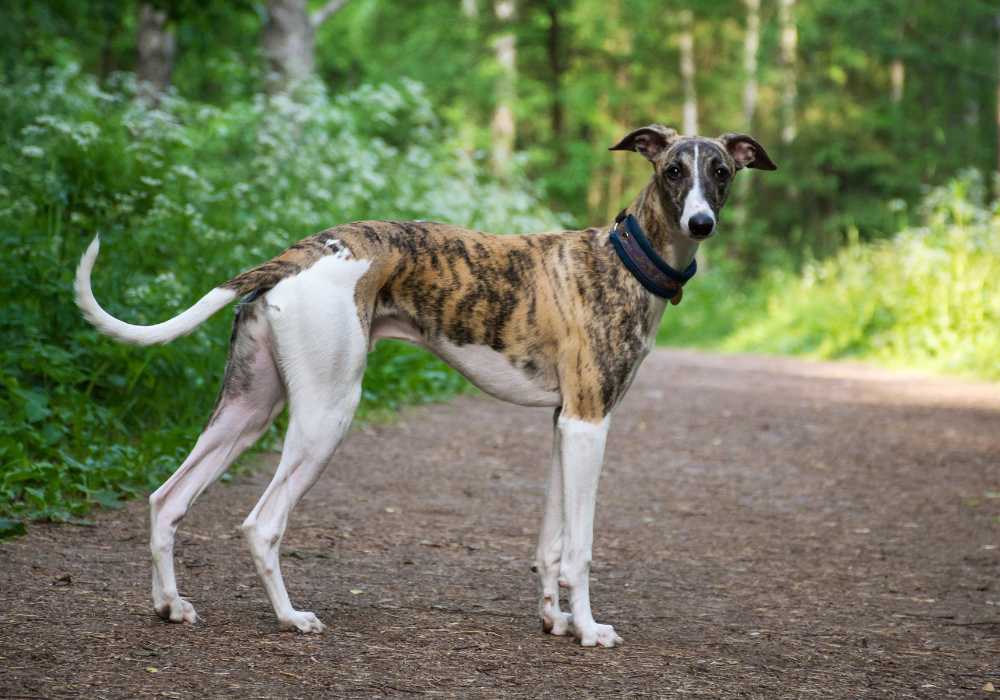
Saluki: The Swift Hunter
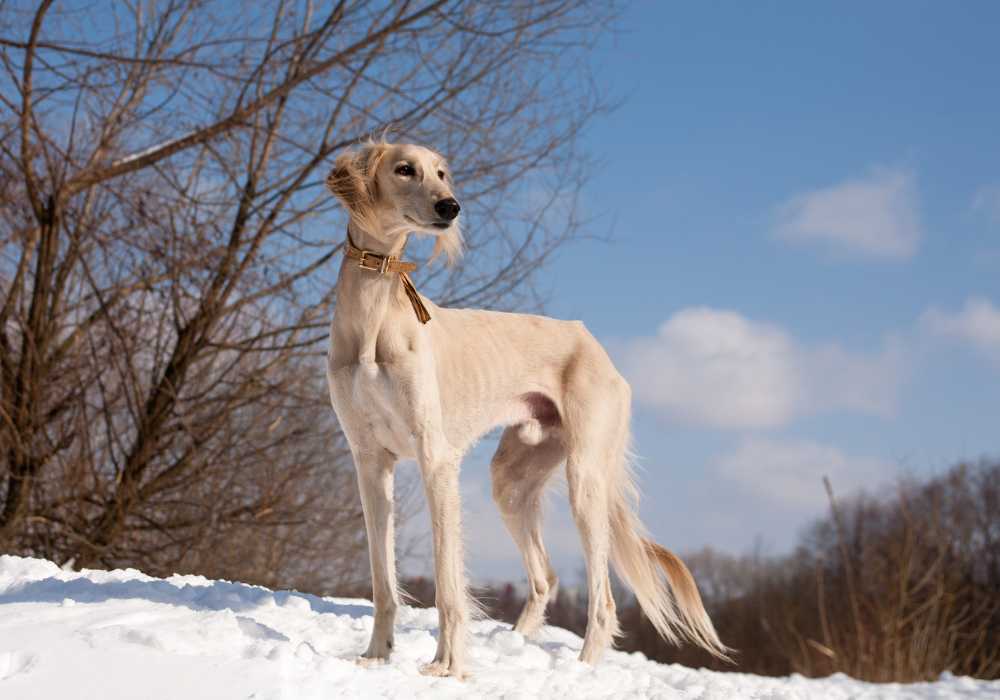
Afghan Hound: The Elegant Racer
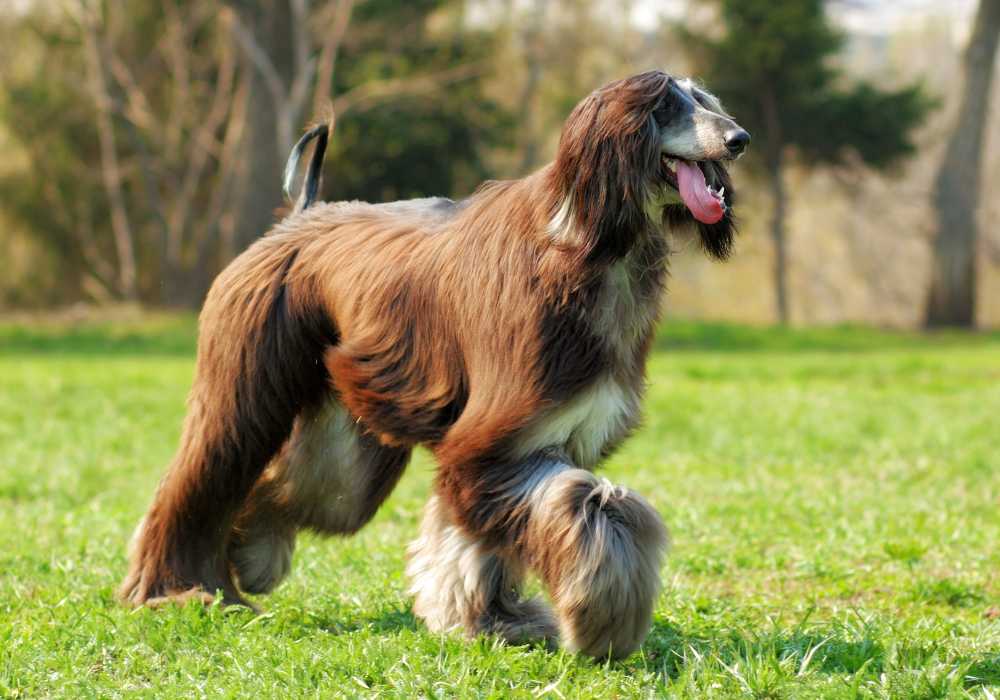
Vizsla: The Energetic Runner

More Quick-Footed Breeds You Should Know
There are few standout dog breeds with long legs and deep chest which allows them to cover ground quickly. Jack Russell Terrier, Dalmatian, and Borzoi might not be the fastest dogs, but they also have excellent speed as family pets.
Jack Russell Terrier: The Agile Sprinter
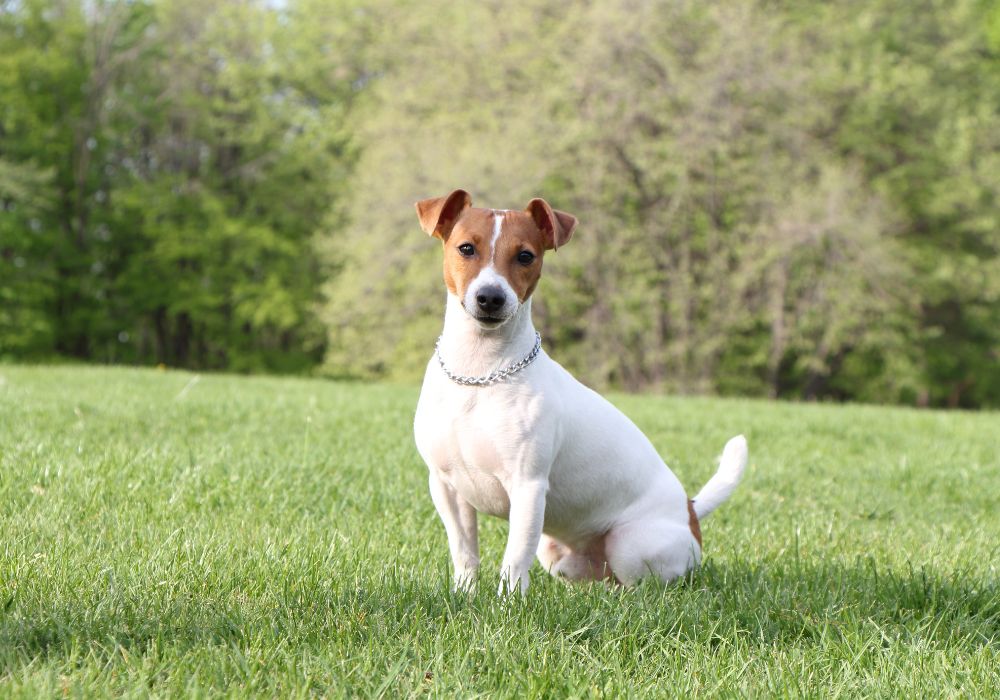
Dalmatian: The Endurance Expert
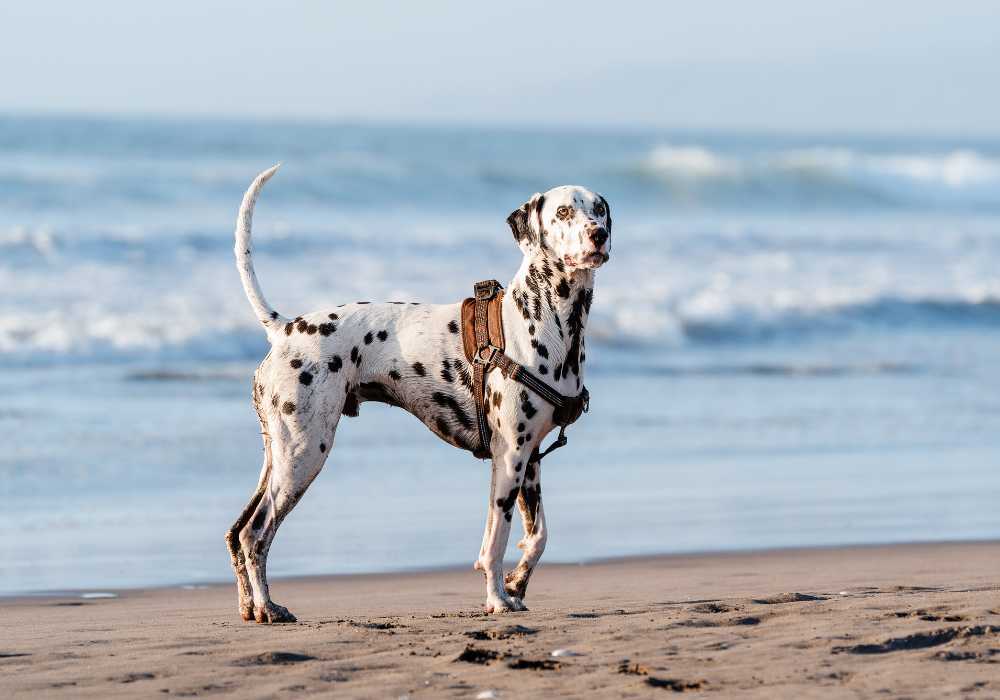
Borzoi: The Fast Tracker
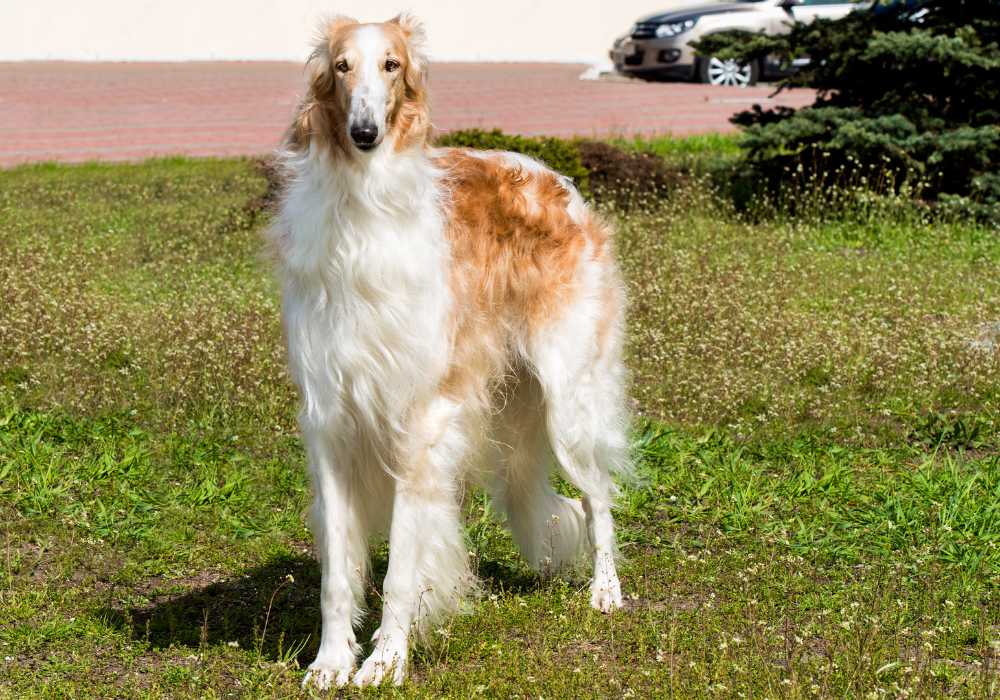
Understanding the Factors That Affect a Dog’s Speed
Factors like size, age, and body composition affect the speed of dogs. Smaller breeds like Border Collies are faster than larger breeds like Saint Bernards. Younger dogs tend to be faster than older dogs. Body composition, including muscle mass and bone structure, also affects speed and mobility.
The Role of Size, Age, and Body Composition
Health Aspects That Could Influence How Fast a Dog Can Run
Good health is an important determinant of speed in dogs. To achieve top speeds, dogs should maintain good health. Injuries or illnesses can hinder a dog’s ability to run at full potential. Proper care and attention are important for optimizing speed.
Common Health Constraints and Their Impact
Injuries or illnesses can slow down a dog and decrease their agility. To maintain top speed, it’s essential to address and manage these health constraints. Ensure good health through check-ups, exercise, and a balanced diet to keep the dog at its best speed.
Tips to Maintain Your Dog’s Health for Optimum Speed
How to Choose the Right Breed Considering Speed?
Factors to consider when choosing a breed based on speed are lifestyle, activity level, preferred type of runner (sprinter, endurance, agility), exercise needs of different breeds, advice from experts, trainability, and compatibility with family and living situation.
Do Faster Dogs Need More Exercise?
Regular exercise is crucial for faster dogs. The amount needed may vary based on breed and individual. Considering their energy level and endurance it is possible to determine the exercise needed. High-intensity activities like sprints or agility training fulfill their need for speed. Mental stimulation such as obedience training and puzzle toys also help keep them challenged. If necessary consult a professional or vet to know more about their exercise and a balanced diet to keep them at their best speed.
Frequently Asked Questions
What was the fastest dog ever recorded?
The fastest dog ever recorded was a Greyhound named “Flying Agent” who reached an impressive speed of 47.5 miles per hour. Other speedy breeds include Salukis, Whippets, and Afghan Hounds.
How can I train and care for a high-speed dog breed?
To effectively train and care for a high-speed dog breed, prioritize regular exercise for their physical and mental well-being. Utilize positive reinforcement training. Provide a balanced diet. Regular grooming ensures their comfort and overall health.
How fast can a dog run?
A dog’s speed can vary depending on its breed and individual fitness. On average, a domesticated dog can run at a speed of 19 miles per hour, while some dogs can reach speeds faster than 40 miles per hour in short bursts.
Conclusion and final thoughts
To determine the fastest dog breed, factors like size, age, and body composition must be considered. A dog’s speed is also influenced by their overall health. Ensure your dog is healthy by addressing any constraints and providing proper care and exercise. Consider a breed’s exercise needs and compatibility with your lifestyle when choosing a speedy companion.
Share me if you have any stories and thoughts.I will love to read your feedback.Stay with dogcluster and discover more about dog.


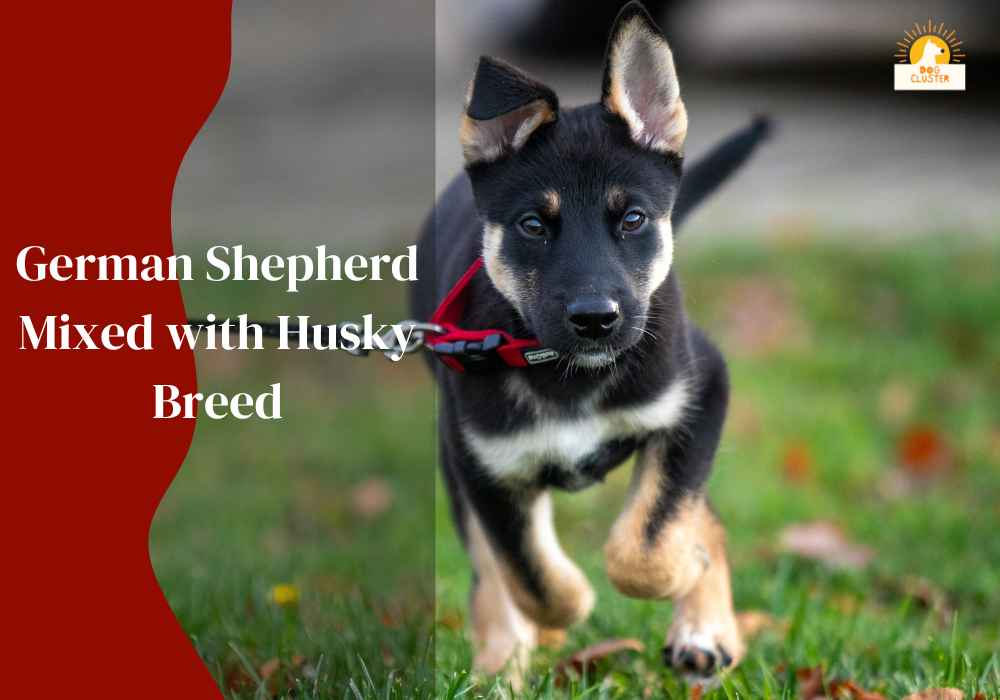


Leave a Reply